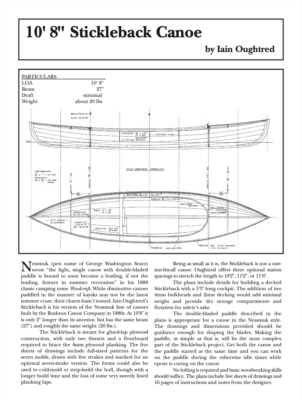
10'8" Stickleback Canoe
The original print version of this article can be viewed as a PDF or purchased from the WoodenBoat Store.
Join to view PDF Purchase 10'8" Stickleback Canoe PlansNessmuk (pen name of George Washington Sears) wrote “the light, single canoe with double-bladed paddle is bound to soon become a leading, if not the leading, feature in summer recreation” in his 1888 classic camping tome Woodcraft. While diminutive canoes paddled in the manner of kayaks may not be the latest summer craze, their charm hasn’t waned. Iain Oughtred’s Stickleback is his version of the Nessmuk line of canoes built by the Rushton Canoe Company in 1880s. At 10’8″ it is only 2″ longer than its ancestor, but has the same beam (27″) and roughly the same weight (20 lbs.).
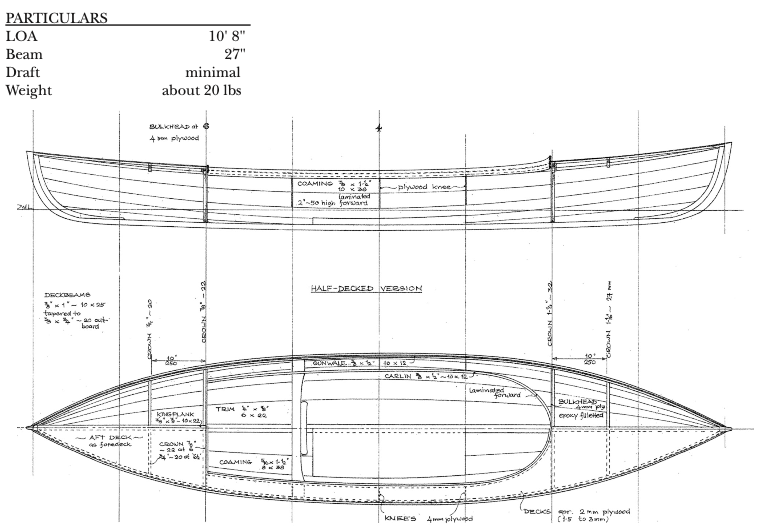
Particulars and drawings for half-decked version
The Stickleback is meant for glued-lap plywood construction, with only two thwarts and a floorboard required to brace the 4mm plywood planking. The five sheets of drawings include full-sized patterns for the seven molds, drawn with five strakes and marked for an optional seven-strake version. The forms could also be used to cold-mold or strip-build the hull, though with a longer build time and the loss of some very sweetly lined planking laps.
Being as small as it is, the Stickleback is not a one-size-fits-all canoe. Oughtred offers three optional station spacings to stretch the length to 10’2″, 11’2″, or 11’6″.
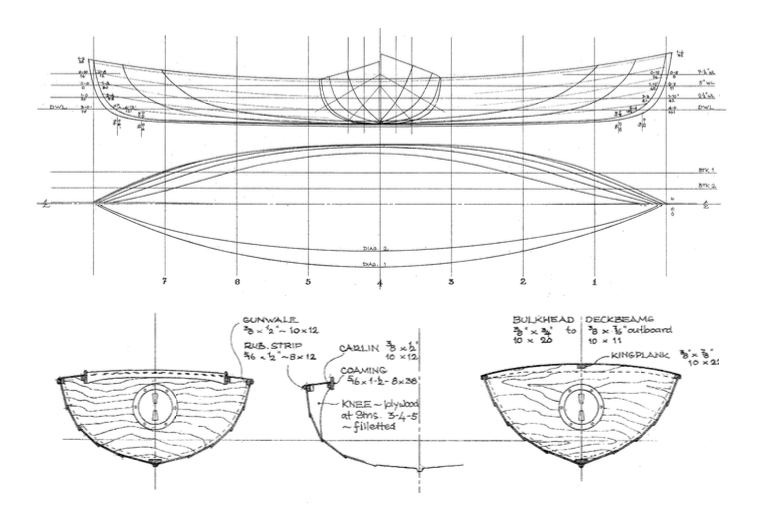
Plans
The plans include details for building a decked Stickleback with a 5’3″-long cockpit. The addition of two 4mm bulkheads and 2mm decking would add minimal weight and provide dry storage compartments and flotation for safety’s sake.
The double-bladed paddle described in the plans is appropriate for a canoe in the Nessmuk style. The drawings and dimensions provided should be guidance enough for shaping the blades. Making the paddle, as simple as that is, will be the most complex part of the Stickleback project. Get both the canoe and the paddle started at the same time and you can work on the paddle during the otherwise idle times while epoxy is curing on the canoe.
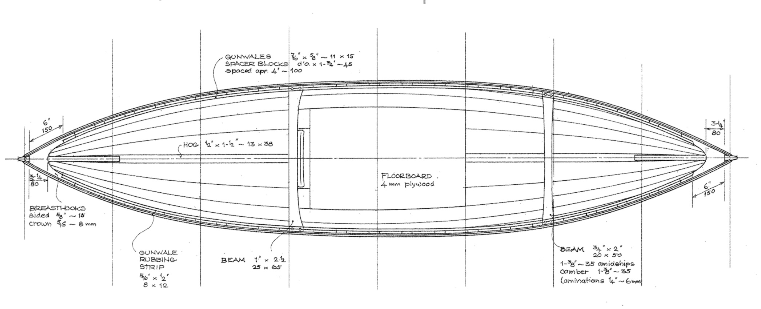
Plans
No lofting is required and basic woodworking skills should suffice. The Stickleback building plans include five sheets of drawings and 16 pages of instructions and notes from the designer.
Completed 10’8″ Stickleback Canoe Images
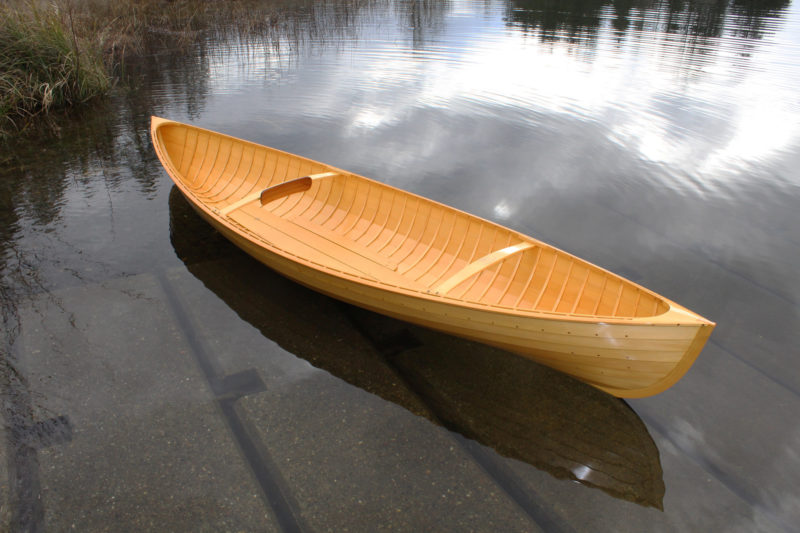
At its designed waterline, the Stickleback draws 4-1/4″, and with 220 lbs aboard, it needs not quite 6″ of water to float free of the bottom.
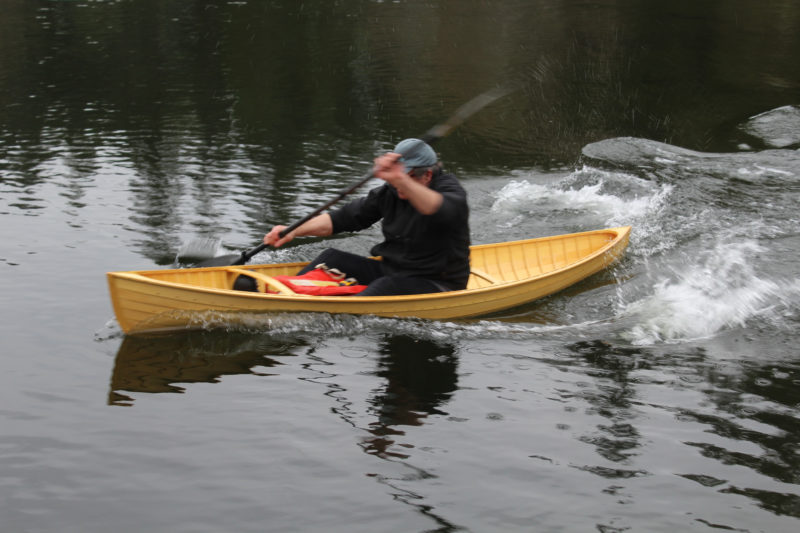 Tom Regan
Tom ReganWhile speed isn’t going to be a strong point for any canoe under 11′ long, the Stickleback can move smartly, track well, and maintain its stability when pushed hard.
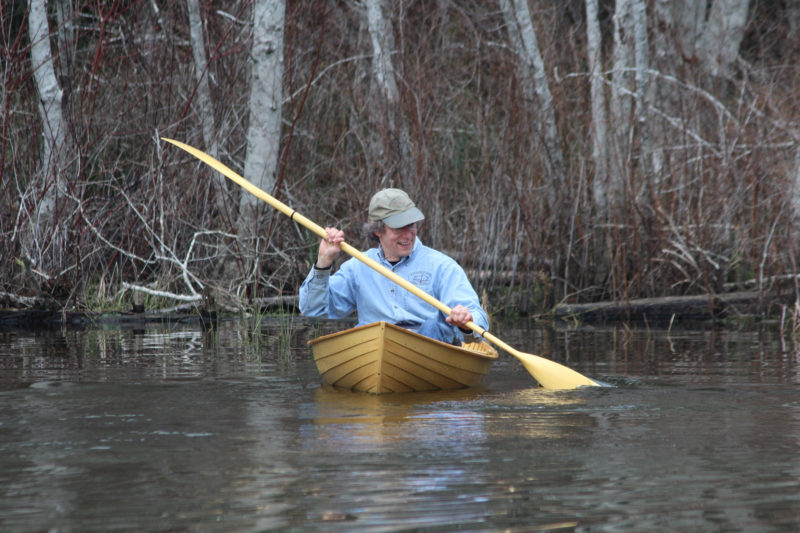
The double-bladed paddle described in the plans is 8′ long and has a blade 21″ by 6″. A 1-1/4″ copper tube is indicated as a means of joining the two halves feathered left or right or unfeathered, not as a take-apart paddle. In the one-piece feathered version that Tom, pictured here, built the two halves are permanently scarfed together.
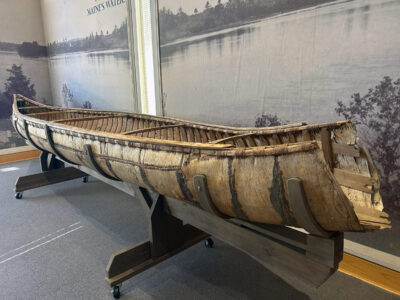
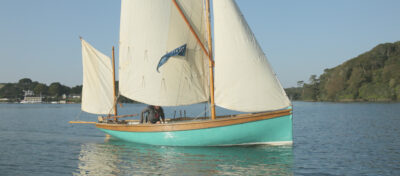
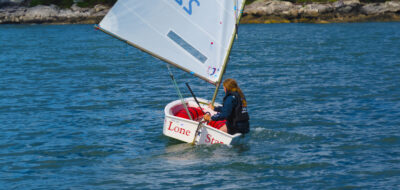
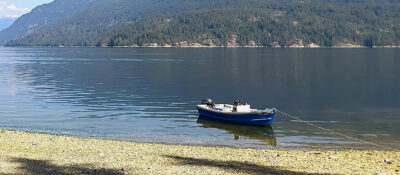
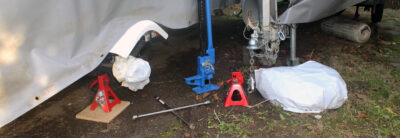
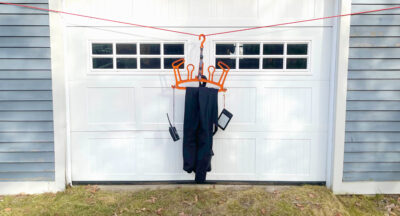
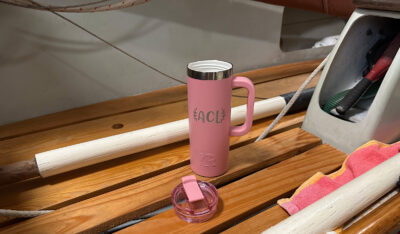
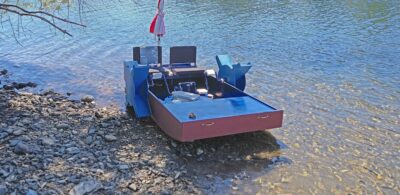
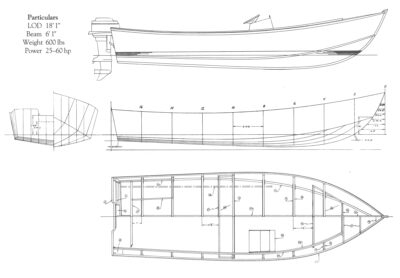
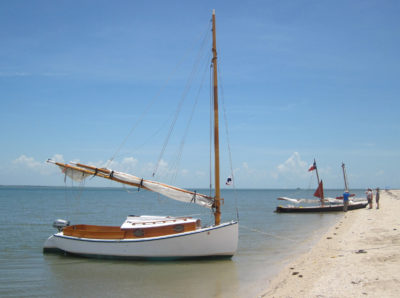
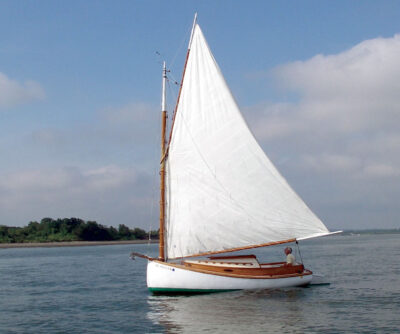
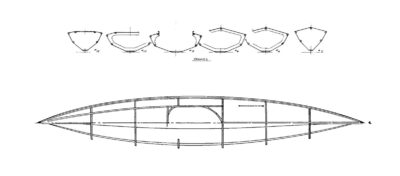
Although a short canoe is a great portaging canoe, I learned from racing canoes against Native Alaskans years ago that their lightly built “rat canoes” are faster because of their longer length and not so deep displacement.
Portly!
Wasn’t the original (admittedly, a bit shorter) shy of 11 pounds?
:~)
The original 9′ Sairy Gamp model built by Rushton weighed 10 1/2 lbs.
So basically, you eliminate the deck from a kayak, and it becomes a canoe. How stable is this design?
During my time aboard the Stickleback it had good stability. There isn’t an elevated seat so sitting directly on the floorboards kept my weight down low for the hull’s best stability.